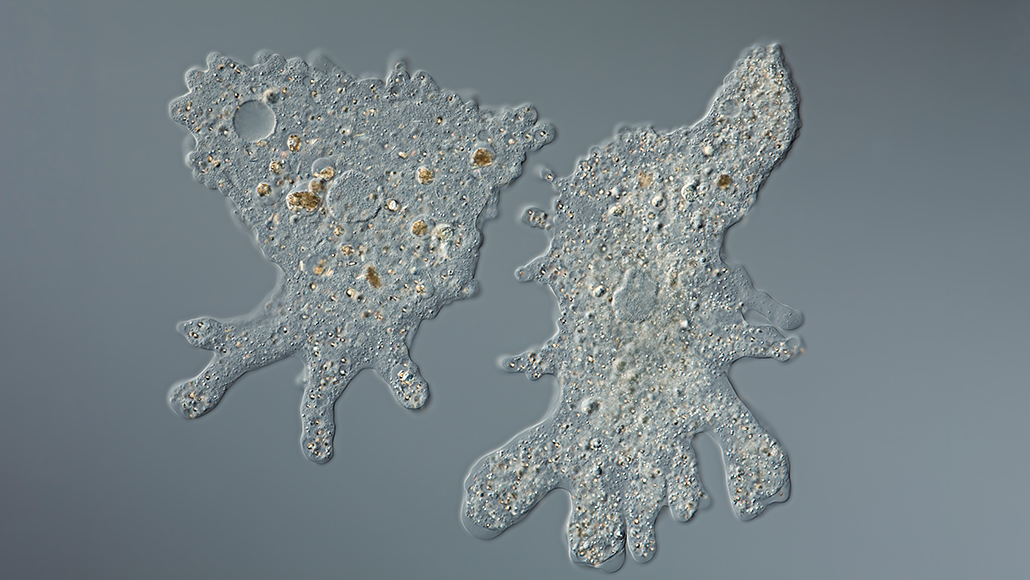The idea of brain-eating amoebas may sound like a plot from a horror movie, but unfortunately, these microscopic organisms are very real and can pose a serious threat to human health. Naegleria fowleri, commonly known as the brain-eating amoeba, is a single-celled organism found in warm freshwater environments.
While rare, infections caused by this amoeba can be fatal. In this comprehensive guide, we will explore the risks associated with brain-eating amoebas, preventive measures, and the possibility of stopping this deadly microbe.
How Common are Brain-Eating Amoebas?
Brain-Eating Amoebas: A Rare Threat
Thankfully, brain-eating amoebas are quite rare. In the United States, for example, there are typically only a few cases reported each year. According to the Centers for Disease Control and Prevention (CDC), there were 34 reported cases of Naegleria fowleri infection in the United States between 2010 and 2019. This translates to an average of just over three cases per year. While the numbers are low, the consequences of infection can be severe, with a very high fatality rate.
Global Prevalence
Globally, the prevalence of brain-eating amoebas varies by region. These amoebas are more commonly found in warm, freshwater bodies like lakes, rivers, and hot springs. Countries with tropical or subtropical climates tend to have a slightly higher risk due to the warm water temperatures. However, even in these regions, infections remain relatively rare.
Does Chlorine Prevent Brain-Eating Amoeba?
Chlorine and Water Treatment
Chlorine is a commonly used disinfectant in water treatment facilities, and it is effective at killing many types of harmful microorganisms, including bacteria and viruses. However, it has limitations when it comes to eradicating brain-eating amoebas.
Chlorine’s Effectiveness
Brain-eating amoebas are somewhat resistant to chlorine, especially in their cyst form. When they form cysts, they develop a protective wall that shields them from chemical disinfectants like chlorine. In a study published in the journal “Environmental Science & Technology,” it was found that N. fowleri can survive for short periods in chlorinated water.
Risk Reduction with Chlorination
While chlorine may not be completely effective in preventing brain-eating amoebas, it can still significantly reduce the risk. Properly chlorinated swimming pools and treated drinking water supplies are much less likely to harbor these amoebas. Therefore, it’s crucial to support and maintain adequate chlorination in recreational water sources and public water systems.
Can Brain-Eating Amoeba Be Stopped?
Challenges in Eradicating Brain-Eating Amoebas
Eradicating brain-eating amoebas entirely from the environment is a challenging task. These amoebas exist naturally in freshwater environments, and completely eliminating them is not currently feasible.
Preventive Measures
Prevention is the key to avoiding brain-eating amoeba infections. Here are some steps you can take to reduce your risk:
1. Nasal Protection
- When swimming or diving in warm freshwater, use nose clips or keep your head above water. Brain-eating amoebas enter the body through the nose.
2. Avoid Warm, Stagnant Water
- Brain-eating amoebas thrive in warm, stagnant water. Stick to well-maintained swimming pools and avoid swimming in bodies of water with poor circulation.
3. Proper Chlorination
- Support and advocate for proper chlorination in public swimming pools and water treatment facilities.
4. Prompt Medical Attention
- If you experience symptoms like severe headache, fever, nausea, or stiff neck after swimming in warm freshwater, seek medical attention immediately.
FAQs
Q1: What are the symptoms of a brain-eating amoeba infection?
A1: Symptoms can include severe headache, fever, nausea, vomiting, and a stiff neck. In later stages, confusion, hallucinations, and seizures may occur.
Q2: Can brain-eating amoebas survive in saltwater?
A2: No, brain-eating amoebas cannot survive in saltwater. They are only found in warm freshwater environments.
Q3: Is it safe to use a neti pot with tap water?
A3: Using tap water in a neti pot can be risky as it may contain amoebas or other contaminants. It’s safer to use distilled or sterile water when using a neti pot.
Conclusion
While brain-eating amoebas are a rare threat, the consequences of infection can be devastating. Preventive measures, such as protecting your nasal passages while swimming in warm freshwater and supporting proper water chlorination, are essential steps in reducing the risk of infection. Although completely eradicating these amoebas from the environment remains a challenge, awareness and proactive measures can help protect individuals from this rare but deadly microbe.

